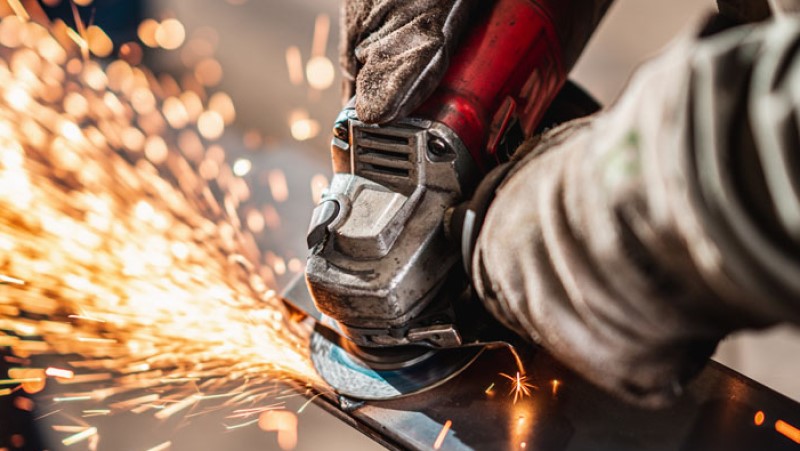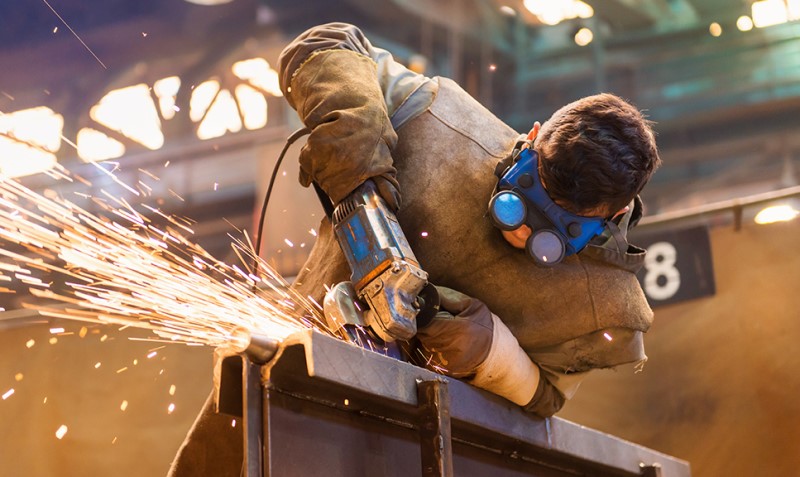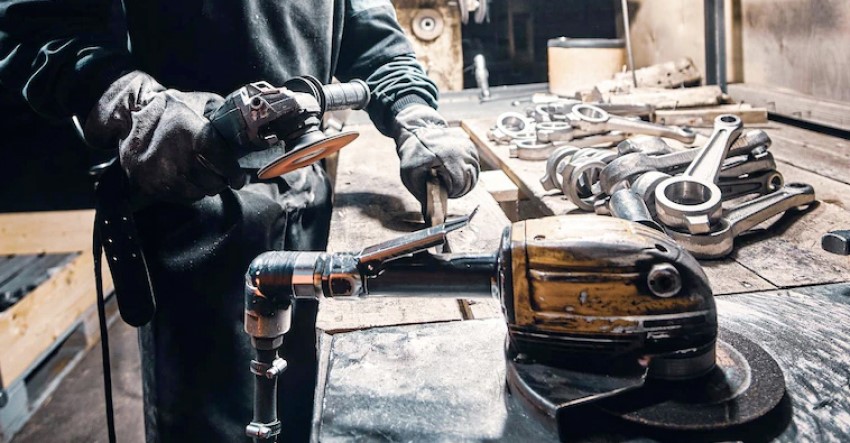Welding is a skill that can be used for many purposes, but it is particularly useful for creating joints between different pieces of metal. Joints are important because they allow the pieces of metal to move together and support whatever weight is being applied, without causing damage.
There are a number of different techniques that can be used to create joints, but it is important to know the right ones for the task at hand. This article will discuss some of the most common welding joint techniques, and provide tips and tricks for success.
Welding Joint Techniques
Welding joint techniques refer to the methods and processes used to create a joint between two or more pieces of metal. There are different types of welding joints, including butt joints, tee joints, corner joints, lap joints, and edge joints, each requiring a different set of techniques to achieve a successful weld. Here are some tips and techniques for some of the most common welding joint types:
Butt joints are the most commonly used joint type in welding and involve joining two pieces of metal end-to-end. These joints require minimal preparation and can be welded easily using the correct parameters and techniques. To achieve a successful butt joint, it is essential to clean the joint area thoroughly, choose the right welding process, and use the correct welding technique. Butt joints can be welded with MIG, TIG, Stick, or Flux-Cored welding processes, depending on the material, thickness, and welding position.
Tee joints are a type of welding joint used to join two pieces of metal at a 90-degree angle. There are several techniques for welding tee joints. The most common method is to use a primary fillet weld, which involves placing the materials against each other and adhering them together with a weld. In addition to the primary fillet weld, more complex versions of tee joint welding can involve beveled welds, J-welds, plug welds, slot welds, or melt-through welds.
Corner joints are a type of welding joint used when two pieces of material need to be joined at a right angle forming an L shape. Corner joints are commonly used in fabrication to combine sheets of metal or tubular material, as well as in pipefitting and other applications. The edge preparation for a corner joint is usually uncomplicated, and the joint can be used to produce joints in both thin and thick sections.
Edge joints are a technique used to join two pieces of metal that have a flat or L-shaped edge. This type of welding is commonly used to connect metal plates and sheets. The surfaces to be joined together must be cleaned and clamped. In an edge joint, the parts being welded are parallel to each other, or nearly parallel. This type of joint is not as strong as other types of welding joints, such as the butt joint.

Tips for Avoiding Common Welding Mistakes
According to Miller Welds, some common welding mistakes include repurposing old equipment, using the wrong MIG gun size, purchasing filler metals based on cost alone, improper weld preparation, improper preheat or interpass temperature control, shielding gas inconsistencies, improper filler metal storage and handling, and disregarding MIG gun consumables.
To avoid these mistakes, it is important to invest in high-quality equipment, use the right size and type of consumables for the job, properly prepare the materials being welded, and maintain consistent temperature control and shielding gas coverage throughout the welding process.
We recommends avoiding overusing anti-spatter spray, as using too much or using it in the wrong locations can lead to problems. Over-welding and under-welding are also common mistakes, which can result in weak or brittle welds that are prone to cracking or breaking under stress. To avoid these mistakes, it is important to practice proper welding techniques and monitor the temperature and quality of the weld throughout the process.
To avoid these common welding mistakes, it is important to follow proper welding techniques and to stay up-to-date on welding best practices. Proper training and education can help welders avoid mistakes and improve their welding skills. Additionally, regular maintenance and inspection of welding equipment can help ensure that it is in good working condition and reduces the risk of equipment-related mistakes.
Tips for Making Welding Joints Look Great
Choose the right joint type: Different joint types are suitable for different applications, and some may be better suited for achieving a clean, professional look than others. For example, lap joints and butt joints are good for achieving a flush, seamless look, while edge joints should only be used in applications that won’t be subject to impact or stress.
Properly prepare the joint: Preparing the joint properly is key to achieving a clean weld. Use a groove edge preparation to allow adequate penetration or improve the overall weld joint rigidity, and weld an edge joint on all four sides for extra reinforcement.
Maintain proper welding technique: Proper technique is crucial to achieving a good-looking weld. Start by placing your welding tip on the base metal, then hit the trigger to start weaving the weld back and forth from the base metal across the joint to the other base metal and back. Continue the pattern until the joint is fully covered and stop welding. Also, move across the middle of the joint slowly enough so that the weld puddle can catch up, and pause slightly at the sides to ensure solid tie-in to the sidewall. Avoid moving too quickly or the weld will look like fish scales.

The goal of welding is to create a joint that is strong and durable. By mastering welding joint techniques, our tips and tricks, you can ensure that your welds are strong and reliable.

